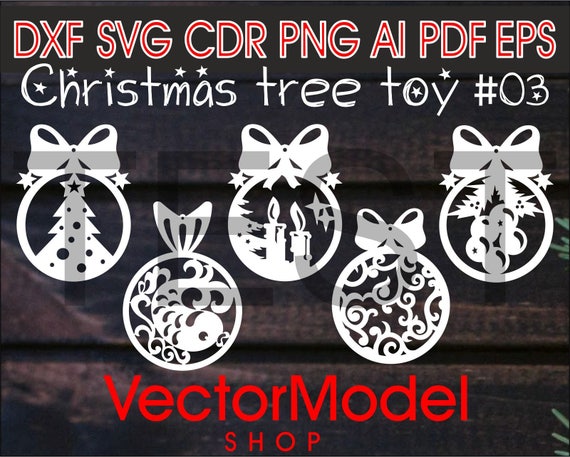Dxf Files For Laser Cutting Xmas Ornaments

It’s almost Christmas, so what better way is there to celebrate than to tinker around with some free DXF designs? 48 bit lba. It is the season to be jolly after all!
This pack was first created in 2013, but due to popular demand it has been updated as of December 2016. This new pack has been updated with exclusive Christmas DXF designs courtesy of our own resident designer Don Ouwens. His new creations are simple, yet versatile—perfect for any CNC application. We hope you’ll appreciate them just as much as we have!
And that’s not all! We will be releasing new DXF design packs every week!

This Christmas DXF file download includes, 5 Mantle scenes, 7 Christmas Hangers, 11 Stocking Hooks, 9 Candle Holders, 6 Wreath Hooks, 8 Napkin Holders, 2 Christmas Coasters and 46 individual Christmas images.
Check your e-mail inbox each week for our new collections.
A great deal of CNC involves precisely dimensioned drawings and 3D models from CAD software. But sometimes you want to create something where precision isn’t the point. Sometimes you want to make something more artistic and crafty. When that happens, my problem is usually that I’m better at modifying art I find than at creating entirely new art from scratch. There’s no harm in that, we all have our particular talents and weaknesses. I’ll bet many of you have applications where you’d like to take some Clip Art or Line Art of any kind and quickly convert it to a CAD Drawing that you can feed to your CAM software to CNC.
In this article, we’ll take a look at how to create simple Christmas Ornaments using this technique, but you can use the technique for your own projects too. Step 1: Find Some Artwork Google Image Search is always helpful when searching for an image to start from.
Even if you plan to create your artwork from scratch, it can be an excellent inspiration. For this project, I used the search “Christmas Clip Art Creative Commons.” Since I’m writing about it on my blog, I wanted Clip Art that was licensed so that it would be okay for me to use it. It didn’t take long to come up with: My starting point You want artwork that’s pretty simple as this one is, because the technique we’ll be using is all about lifting outlines of the key elements to create our design using CNC. Step 2: Convert the Bitmap to Vectors Most good drawing programs have a function to trace a bitmap and come up with vectors.
I used Adobe Illustrator for the purpose, but Corel Draw, Inkscape, and others have these functions. I just loaded the bitmap, selected it (that’s what the blue lines in the photo above show), and then played with the different Trace options on the toolbar until I saw a result I liked. The default is very minimal: Default Trace is pretty minimal We could work with it, but we lose a lot of detail. I like the “6 Colors” Trace option best: Trace shows you via colors what the Trace is and then you finish with the “Expand” command to generate vectors along the color boundaries. As you can see, the Trace options are basically deciding how much fine detail in the pixels to keep or ignore. We want just enough to capture all the features we want to have show up when we CNC the ornament. Step 3: Convert to DXF and Import to CAD This has taken longer to write about than to do, even if you don’t really know how to use Adobe Illustrator.
In the spirit of full disclosure, I just started playing with Illustrator very recently and have only used it for image tracing work and conversion of vector art to DXF. You can do it too! Illustrator has a neat feature in its ability to export vector art to a DXF file. Just run the File Export command and you’ve got a DXF all ready to load into your CAD package.